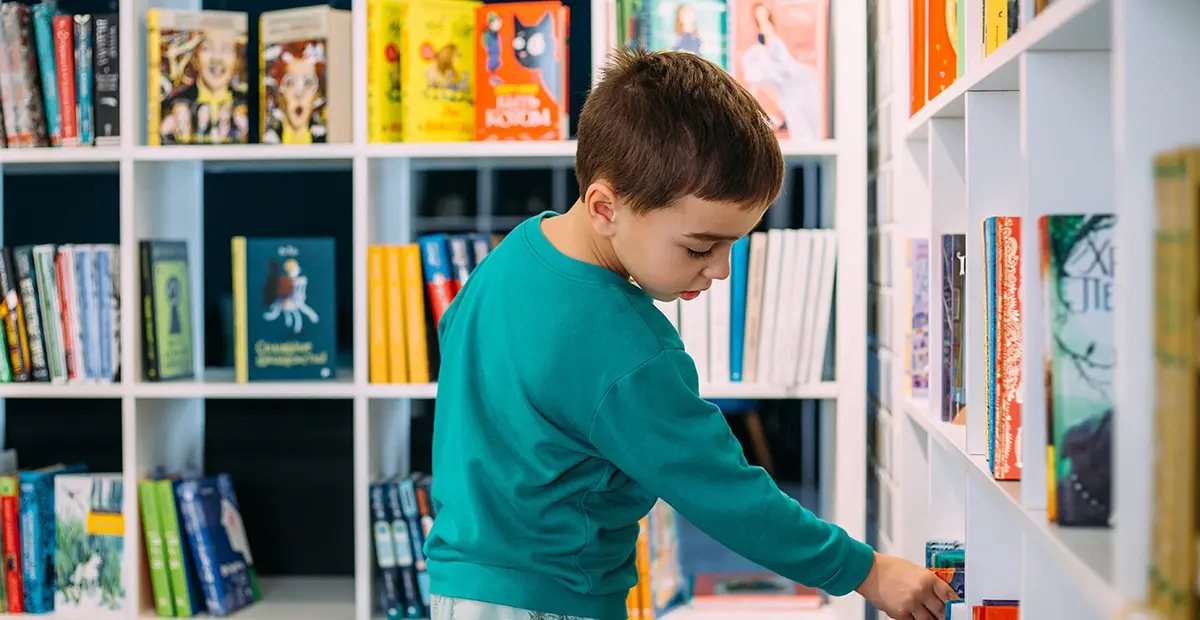Something that I’ve learned in my time as an educator is the power of providing students with choices. Choice to explore their learning, choice to figure things out on their own, choice to learn new things in a variety of ways. Literacy skills are the foundation of learning, and something that educators should get excited about, because there are so many ways to create and mold literacy instruction in the classroom.
The formative years for a child, let's say ages 2-6, are critical for literacy development. Reading, rhyming, talking and singing are all ways in which children interact with both written and spoken language. When they are provided with experiences in literacy during those formative years, they are developing the foundation for their relationship with reading and writing that will continue throughout their lives. Healthy development of the brain requires children to have these experiences.
So, how do we give children in the classroom these rich, meaningful experiences that will shape their relationship with literacy?
Choice!
Research and studies have shown time and time again that children learn best through exploration and problem-solving, opportunities to work things out in a way that makes sense to them. So, what does this look like and how can educators incorporate choice into their literacy programs? One way to do this is by designing structured, engaging centers that provide students with multimodal learning opportunities. While students may have specific “work with teacher” time, other time can be spent exploring other centers. One center could focus on consonants, having students use a stamp, sticker or another tool to indicate which consonant letter a picture starts with. Another center might have students create a pretend grocery list and find items that start with certain letters. A third center might be a letter-sounds listening game, where students listen to a word and decide which sound they hear at the beginning of the word. Another center might be working with syllable cards, where the students look at a picture (ex. dog, banana, etc.) and match it to the number of dots - or syllables - on a card (ex. 1 dot for dog, 3 dots for banana). A final center could be a simple picture rhyming match.
That’s 5 interactive, differentiated center ideas! The point? Choice. Allow students to choose which center interests them. Create structured, timed rounds for students to explore each center, before going to a new center. Giving students the power of choice and the opportunity to explore a variety of ways to learn a concept is key to building a child’s relationship with literacy and promoting lifelong learning.



